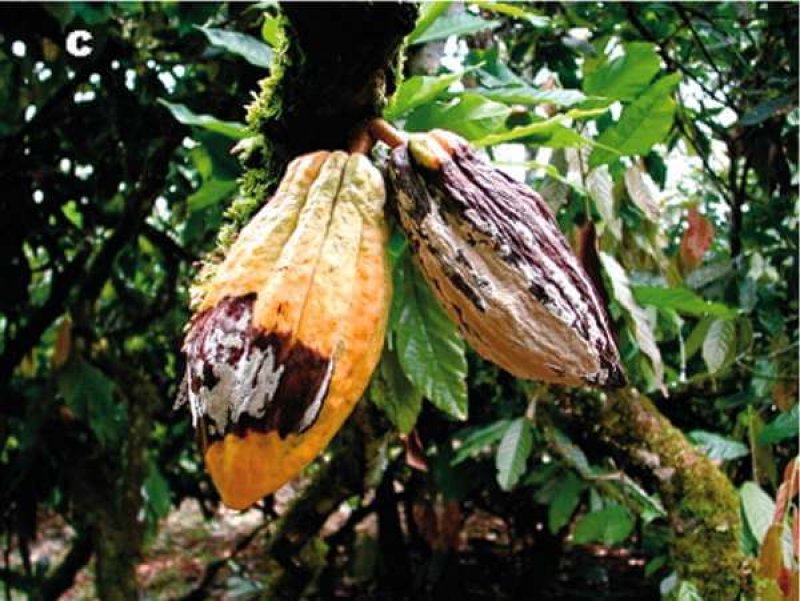Use of the powerful gene-editing tool CRISPR-Cas9 could help to breed cacao trees that exhibit desirable traits such as enhanced resistance to diseases, according to Penn State plant scientists.
…
The researchers reported recently, in Frontiers in Plant Science, the study results, which were thought to be the first to demonstrate the feasibility of using cutting-edge CRISPR technology to improve Theobroma cacao.
…
Previous work in cacao identified a gene, known as TcNPR3, that suppresses the plant’s disease response. The researchers hypothesized that using CRISPR-Cas9 to knock out this gene would result in enhanced disease resistance.
…
When infected with Phytopthera tropicalis, a naturally occurring pathogen of cacao and other plants, the treated leaves showed greater resistance to the disease. The results suggested that the mutation of only a fraction of the copies of the targeted gene may be sufficient to trigger downstream processes, resulting in systemic disease resistance in the plant.
The researchers also created CRISPR gene-edited cacao embryos, which they will grow into mature trees to test the effectiveness of this approach at a whole-plant level.
Editor’s note: Read the full study
Read full, original post: Cocoa CRISPR: Gene editing shows promise for improving the ‘chocolate tree’































